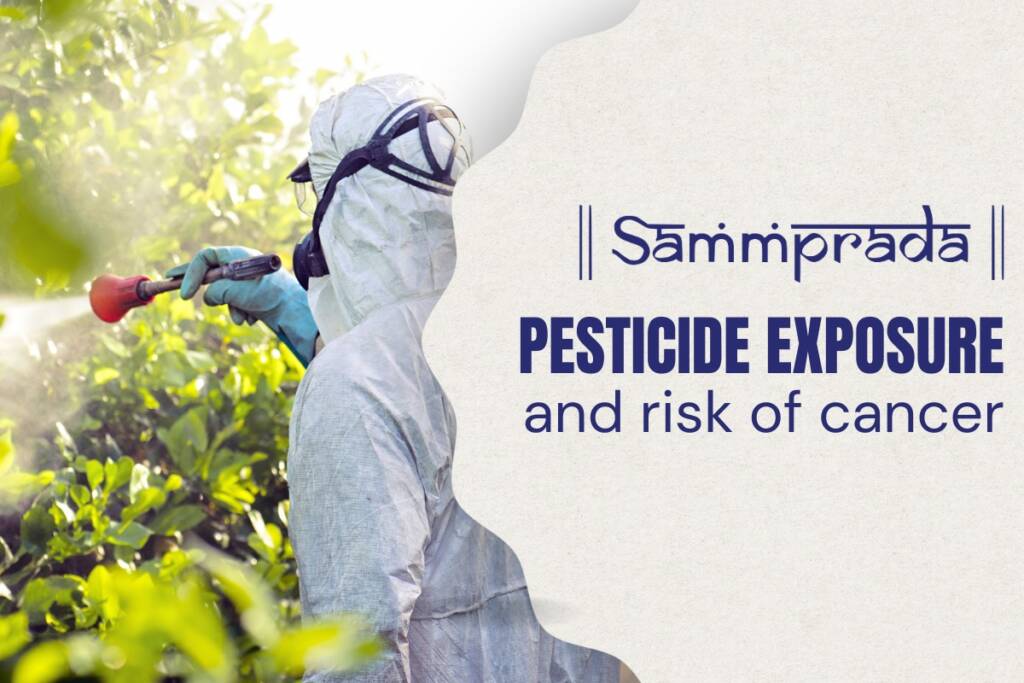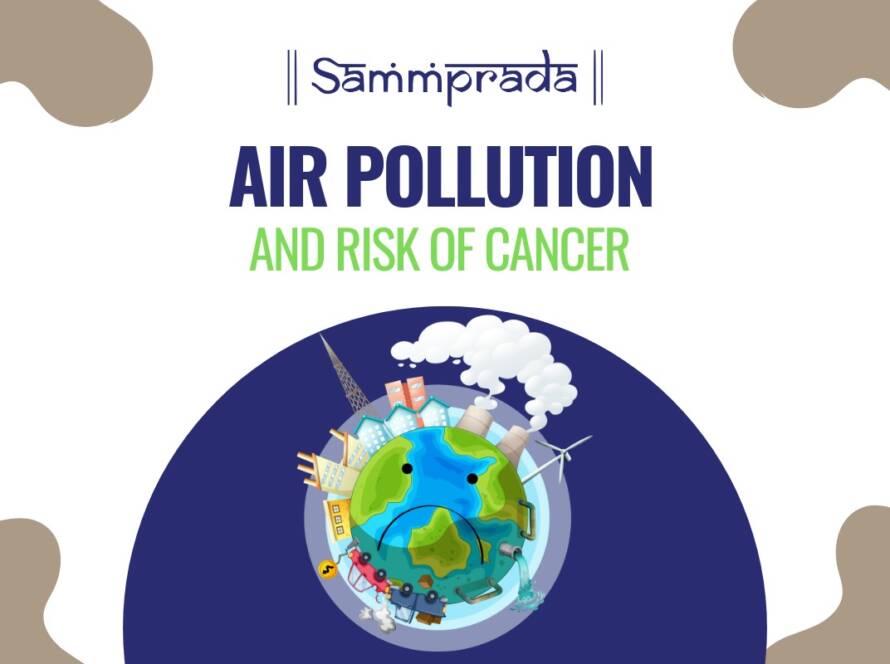Pesticides are used to reduce damage to crops from weeds, rodents, insects, and germs, which increases the yield of fruits, vegetables, and other crops. This article focuses on pesticide residues, or the pesticides found on the surface of fruits and vegetables when they are purchased as groceries. It explores the most common types of pesticides used in modern farming, and whether their residues affect human health. The different types of pesticides and cancer risk include:
i) Insecticides: These pesticides reduce the destruction and contamination of growing and harvested crops by insects and their eggs,
ii)Herbicides: Also known as weed killers, herbicides improve crop yields,
iii)Rodenticides: These are important for controlling the destruction and contamination of crops by vermin and rodent-borne diseases,
iv)Fungicides: This type of pesticide is especially important for protecting harvested crops and seeds from fungal rot,
Synthetic pesticides are created in industrial labs and their use can have health and environmental effects.
a) Organophosphates: These are insecticides that target the nervous system. Several of them have been banned or restricted due to toxic accidental exposures.
b) Carbamates: This type of insecticide affects the nervous system similarly to organophosphates but is less toxic, as the effects wear off more quickly.
c) Pyrethroids: These affect the nervous system and are a laboratory-produced version of a natural pesticide that’s found in chrysanthemums.
d) Organochlorines: These insecticides, which include dichlorodiphenyltrichloroethane (DDT), have been largely banned or restricted due to negative effects on the environment.
Firstly, “organic” does not mean “pesticide-free.” Rather, it refers to specialized kinds of pesticides that occur in nature and are used instead of synthetic pesticides. Second, “natural” does not mean “non-toxic.” Like synthetic pesticides, organic pesticides can also be harmful to your health and the environment.
a) Horticultural oils. This refers to oil extracts from various plants with anti-insect effects. These differ in their ingredients and potential side effects. Some can harm beneficial insects like bees.
b) Rotenone. This is an insecticide used in combination with other organic pesticides. It’s naturally produced as a beetle deterrent by several tropical plants and is notoriously toxic to fish.
Many organochlorines have become ubiquitous in the environment and in the human body, due to their resistance to degradation and their high solubility in lipids, which leads to accumulation in adipose tissue. Some of these compounds are suspected of disrupting the endocrine system and thereby increasing the risk of hormone-dependent disorders and diseases such as breast cancer. Epidemiological studies indicate that total lifetime exposure to estrogen predicts the risk of breast cancer.

Whether exposure to estrogen-related risk factors or organochlorines with estrogenic potential results in the development of an Estrogen receptor positive (ERP) breast cancer cannot be determined from current evidence but deserves more attention in future larger studies. A number of studies on children found an increased risk of cancer associated with critical periods of exposure, both prenatal and postnatal, and with parental exposure at work. Most studies showed increased risk, and many showed a dose-response relationship.
These findings suggest that despite the well-described carcinogenicity of some agricultural pesticides in occupational settings, exposure to pesticides and cancer risk through the diet may not result in a comparable increase in risk. In occupational settings, the risk of cancer is proven for NHL, Lung & Prostate. To the best of our knowledge, there is no previous epidemiologic research on the relationship between exposure to pesticide residues through the diet and the risk of total cancer or site-specific cancer.
Another issue with pesticides and cancer risk safety limits is that some pesticides — synthetic and organic — contain heavy metals like copper, which build up in the body over time. In fact, one study including 162 people found that vineyard farmers had 2–4 times higher levels of heavy metals like lead, zinc, and copper in their blood due to pesticide use compared with a control group. On the other hand, a study of soil in India found that pesticide use did not result in higher levels of heavy metals than those found in pesticide-free soil.
Observational research studies vary in terms of the number and types of subjects, types of pesticides studied, ways of measuring pesticides and cancer risk exposure, covariates examined, and follow-up times.

